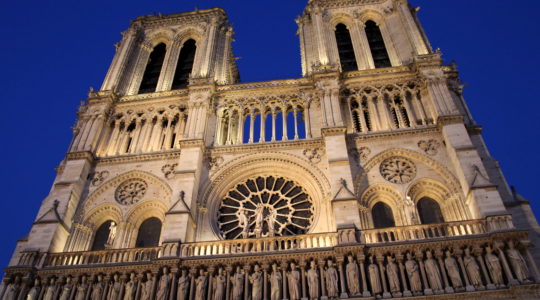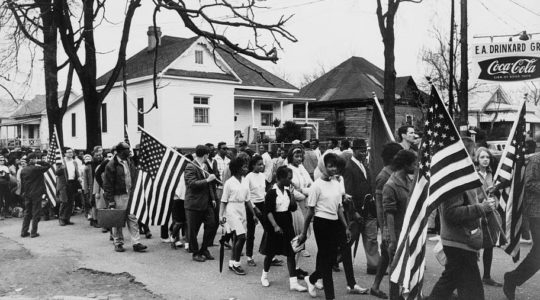Former Ambassador Avraham Harman, president of the Hebrew University in Jerusalem, announced tonight that work would begin next month on construction of a complex of dormitories on Mt. Scopus, original site of the university, to house 2,500 students. The former envoy to Washington told the annual dinner of the Society of Founders, honor group of the American Friends of the Hebrew University, that the complex would eventually accommodate 10,000 students. Mr. Harman and Maj. Gen. Yitzhak Rabin, Israel Ambassador in Washington, were the principal speakers at the function at which Nathaniel L. Goldstein, president of the American Friends for the past three years, received the S. Y. Agnon Gold Medal.
Rabin, Chief of Staff of the Israeli forces during the Six-Day War, described the Israeli Army as a universal school and a strong positive force in creating homogeneity among the various ethnic strains in Israel.
Mr. Harman noted that the freshmen who will begin their studies at the Hebrew University this fall are for the most part veterans who had served in the Army for three years and were still subject to call-up. They had, he said, “a strong desire to catch up on lost time.” Most of these men, he said, had to work to pay their way through college and were affected by the shortage of dormitory space. He stressed the need for friends of the university to assist the dormitory program and to provide scholarship funds to assist needy students.
Samuel Rothberg, chairman of the university’s international board of governors, said that the return of the university to Mt. Scopus had an emotional impact on Jews everywhere. He recalled that this year marked the 50th anniversary of the ceremony at which Dr. Chaim Weizmann laid the university’s foundation stone. Irving Mitchell Felt presided at the dinner.
JTA has documented Jewish history in real-time for over a century. Keep our journalism strong by joining us in supporting independent, award-winning reporting.
The Archive of the Jewish Telegraphic Agency includes articles published from 1923 to 2008. Archive stories reflect the journalistic standards and practices of the time they were published.



